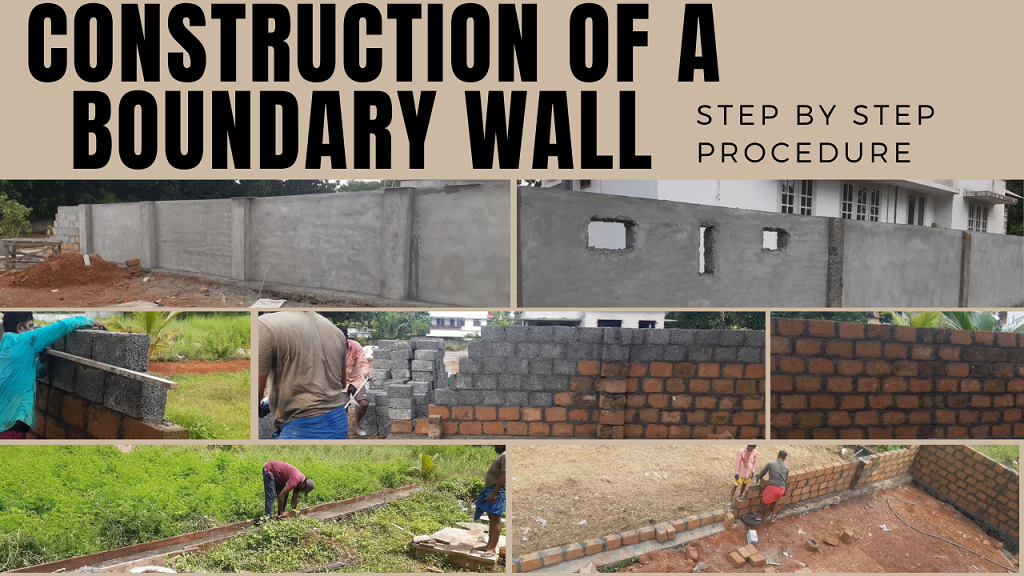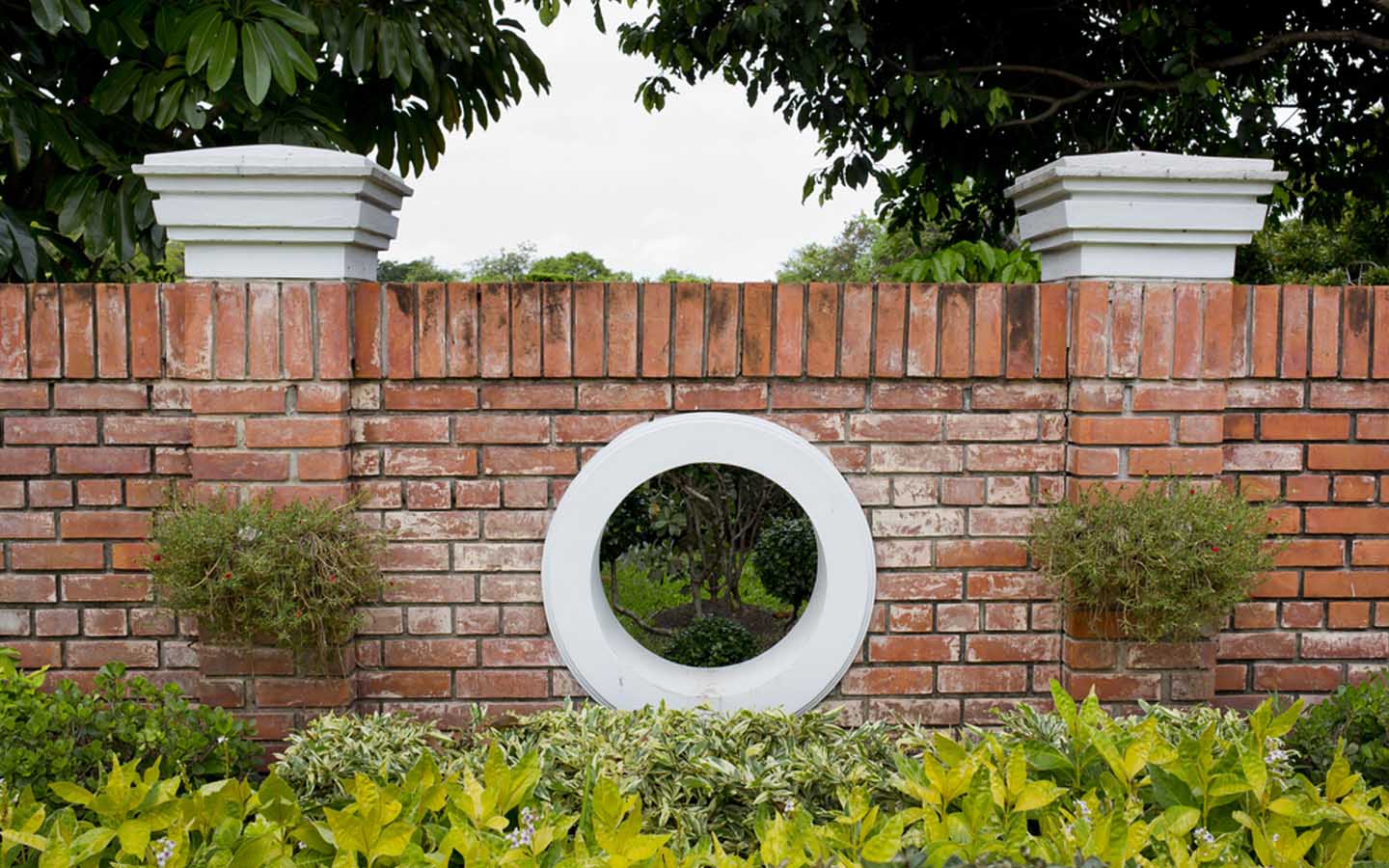
August 22, 2024
Bracketing In Civil Arbitrations
Bracketing In Civil Mediations Second of all, the version provides a framework to understand the selection for certain mediation designs, approaches and methods based upon the interaction of regulations, duties and connections. Finally, the 3-R model uses a device to recognize and discuss particular results of mediation, offered the qualities of the Law's, Functions and Connections and their interplay. Provided the high risks, it is worth to review the style of conflict administration systems in connection with these collective problems, and to explore how these 3rd parties act and their effectiveness. The lead to Table 5 do not lend much support to our theory that regulation approaches, in the context of intangible conflicts and celebrations that belong in the very same regimen, will certainly succeed. The outcomes recommend that directive methods function best in disputes over tangible issues, where the celebrations are not in the exact same regime, but when they have rely on their moderator.Settlement:- Quick Methods Of Conflict Resolution In The 21st Century
The group of flexibility and visibility includes the largest amount of observed habits contributing to resolution (27%). Training and interaction issues are on the forefront of 13% of the mediators' schedule for process renovations. Communication concerns concentrate primarily on keeping agreement mediators in the loop (1%). Furthermore, the charging events can be affected by outside events, which can either obstruct resolution or otherwise hinder the arbitration. These exterior problems include various other legal root causes of action (e.g. character assassination, wrongful discharge, violation of agreement, employee's compensation â $" 3%), the billing celebration's economic situation, and various other occasions or aspects outside of the arbitration. In 11% of the instances, discussion or discussion of "the offer" is mentioned as a turning point.Mediation
For the participants' other representative this makes up 1% of the monitorings and the primary obstacle in a half percent of the situations. " Never represent your mommy. Charging Celebration lawyer could not be objective and could not supply important recommendations. I really did not feel as free to ask probing concerns as a result of their connection. Charging Party attorney was not a labor lawyer." The second significant group of behaviors that serve as an obstacle is the "table" conduct of the events (41%). Right here we recognize actual negative bargaining/mediation conduct that we view as greater than merely positional conduct. While it is sometimes hard to compare a setting and conduct, right here we determine acts that act as barriers at the mediation table. The arbitrators are also asked to individually rank the conflict resolution abilities of the events' non-legal representatives. The majority of the agents of the billing celebrations (60%) and participants (63%) receive a ranking of a 3 or 4. The mean ranking for the charging events' non-legal reps was a 3.05, whereas mean for the participants' non-legal representative is 3.46. Hence, arbitrators regard respondents' non-legal agent to be extra competent than the billing parties' non-legal rep. This makes good sense because a number of the participant's reps are competent human resource experts who may frequently act as supporters prior to the EEOC and at arbitration. The conduct of the charging events' other representative is observed as a barrier to resolution 2% of the time and in 1% of the situations is the leading barrier.- Cialdini describes that people are a lot more inclined to pay attention to individuals that have knowledge in a subject, as long as they rely on the professional.
- Thus, generally, participants' legal representatives get a somewhat higher ability score than charging parties' lawyers.
- Problem tangibility offers moderators extra resources, skills and power.
- The deal includes conduct such as the participant supplying more cash and/or various other advantages, or an offer to hire/or rehire (5%), and the billing party or the respondentmeeting all needs (3%).
What is the Party Wall Act 3 Metre policy?
What is the Event Wall surface Act 3 metre guideline? The Party Wall act covers excavations within 3 metres of an Adjoining Owner, Property Valuation if the lowest factor of the excavation will be lower than the bottom of the grounds to the celebration wall (or parts of their residential or commercial property which are within 3 metres of the recommended excavation).


Social Links